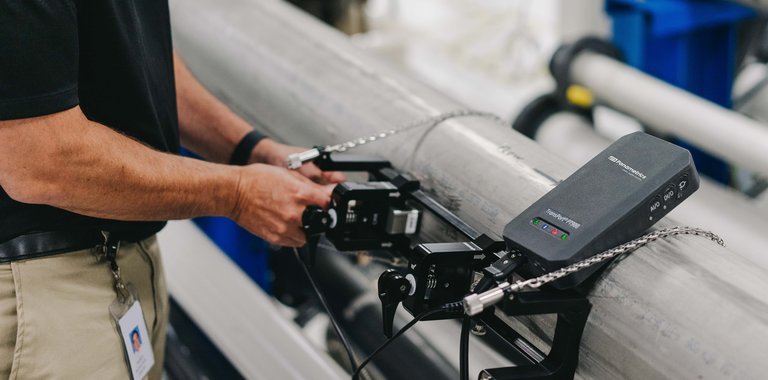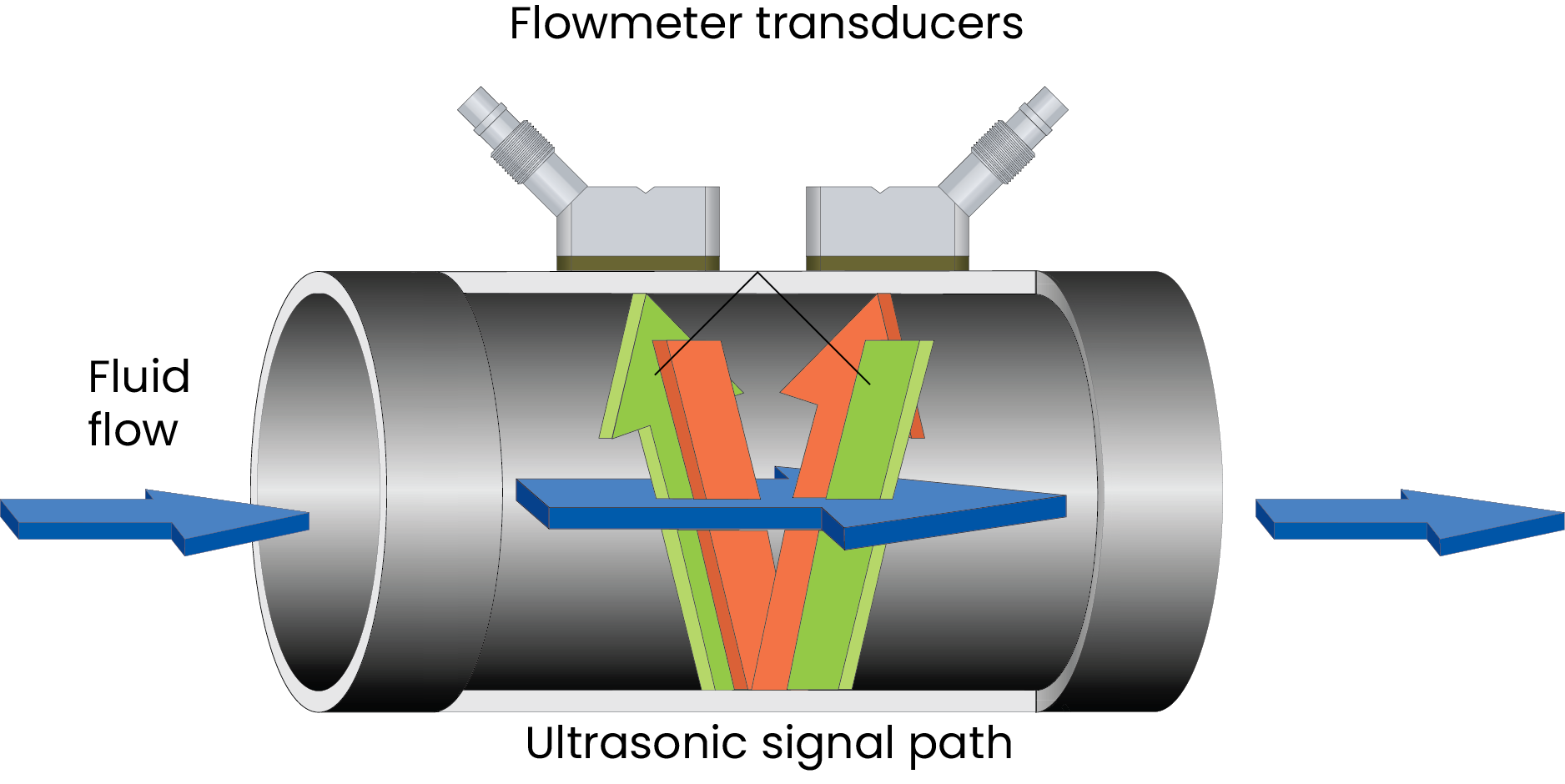
Choosing a Flow Measurement Device
Flow measurement devices vary depending on the type of flow to be measured as well as application usage. Each flow meter has its own unique set of functions. Whether you need to know the amount of liquid flowing or measure how much material has gone through the device, there is a flow meter for you.
With so many flow meters on the market, it may be difficult to choose the correct one for your specific business requirements. Becoming more informed on flow measurement devices will help you make the correct decision when it comes to your unique needs.
Learn more about the types of flow meters to decide which is best for your business needs.
A mass flow meter measures the flow rate of a fluid traveling through a tube during a decided period. It is important to remember that the mass flow rate is different from the volumetric flow rate. The latter measures volume in a specific time frame.
There are two types of mass flow meters: thermal mass flow meters and Coriolis mass flow meters.
Thermal mass flow meters directly measure the flow rate by introducing a specified amount of heat to the flowing fluids. The heat is applied to a sensor, which is simultaneously being cooled, and the ambient flowing temperature is measured from the second sensor.
The differential measurement between the sensors is the mass flow rate, which makes thermal mass flow meters very accurate.
As the name suggests, Coriolis mass flow meters use instruments that rely on the Coriolis effect, which is the pattern of mass moving in a rotating system that experiences a force. This means Coriolis mass flow meters measure mass through inertia.
Essentially, this type of flow meter is made up of a tube that creates a fixed vibration via a small actuator. This creates a man-made Coriolis effect that produces a twisting force from the inertia. The detectors in this mass flow meter detect the phase shift, which allows you to measure mass flow.
An ultrasonic flow meter measures the velocity of a fluid using ultrasonic waves to calculate the volumetric flow. They come in in-line and clamp-on variations. Ultrasonic flow meters measure this velocity in two ways: transit time and Doppler
A transit time flow meter is used when the fluid contains zero solids. Multiple transmitters and receivers are attached to a tube. The transmitter produces an ultrasonic wave, and the receiver receives that wave. The flowing fluid forces the wave to go in the same direction as the flow, thus, reaching sooner than the wave heading in the opposite direction. From this, the transit time can be calculated.
A Doppler flow meter is necessary when there are bubbles or particles in the fluid. The flow rate of the liquid is determined using the Doppler effect, which is the change in frequency of a wave relative to an observer moving toward (or away from) the wave source.
Unlike other mechanical flow meters, ultrasonic flow meters do not have any moving parts. They offer additional benefits by being easier to install with minimal maintenance, especially when compared to other flow meter types.
A gas flow meter measures gas flow by either volume or mass. Gas flow meters are used in a variety of industries, such as natural or petroleum gasses, or attached to buildings, such as residential or commercial buildings, to measure gas for utilities.
One such measurement application for gas flow meters is flare measurement. Accurate flare measurement allows you to improve your plant’s efficiency even leading to cost savings. Flare flow meters are first and foremost safety devices that allow you to identify problems before they become crises.
A portable flow meter measures the flow rate of various materials (liquids, gasses, or vapors) as they travel through the tubing. Portable flow meters use ultrasonic waves to measure speed and pressure. This type of flow meter is used in a wide variety of fluid and gas applications, from wastewater and various fuels to natural gas and compressed air.
Once you know more about the types of flow meters on the market, you will need to ask yourself some questions to find the flow meter for your specific application. Some questions include:
- What are the unique properties of the fluid I am detecting?
- What pressures or temperatures are present?
- What will the application be for the flow meter?
- What are the minimum and maximum acceptable ranges for measurement?
- How large are the pipes (line size) you will be attaching your flow meter to?
- Do you require a portable solution or a static one?
Panametrics, a Baker Hughes business, is a leader in flare gas, steam, liquid, and portable metering applications. Our broad portfolio of in-line and clamp-on flow meters and readily available expertise enabled you to optimize your processes and meet your environmental and performance goals.
A Panametrics expert is ready to listen to your case. Contact us today to learn more about our flow meters and how they can help you meet your business needs.

